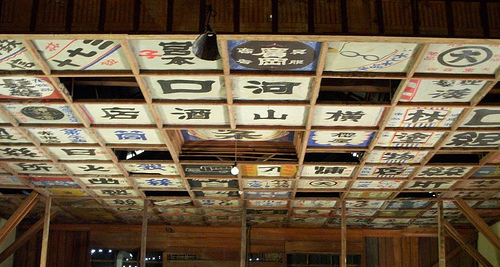
The Story of a Community Theater (part 2)
Diary 2008.8.21
Yorii-za
There are almost no documents about the building of the Yorii-za Theater, but according to the memories of local senior residents, it was built in 1929. There was a fire in Yorii in 1918, and 65 houses and 120 buildings were burned (according to the Great Fire of Jinryo published by Nishimada Kinotaro in November of 1918) Ten years after the great fire, people’s lives had returned to normal and a doctor living in Yorii named Sasaki Kosuke built four two-storied houses to rent out, and in the middle made a passage leading to Yorii-za Theater, which he also built.
When it was built, there was a staff with regular shows held twice weekly, and it became the entertainment center for the village. Some people even walked the long distance from other villages just to watch a show.
After the war, there wasn’t much entertainment but amateur performing groups put on shows at the theater. However, in the 1950s with the introduction of television, interest in the theater waned and the building was used as a textile factory for some time. Now, as previously mentioned, the theater has been repaired by a local NPO and is being used again in its original capacity.
The Advertisements on the Yorii-za Ceiling
On the wall to the right of the stage is a panel with the names of the seven people who were responsible for the theater. They were the ones who assembled the advertisements.
The ceiling is made up of square frames, with thirteen vertical and twelve horizontal, making for a total of 156 frames. Subtract nine blank frames, and there are 147 filled-in frames left in the ceiling today.
The industry most represented is the thread industry. Oguchi Thread (6 frames), Tsutsui Thread (5), Hinode Thread (5), Kataoka Thread (5), and so on. During the 1920s and 30s, sericulture was the main industry in the area, and most of the fields were taken up with mulberry plants to feed the silkworms in order to harvest their silk cocoons.
Cocoons were exported three or four times per year, and the local farmers depended on that for most of their income. Many towns along the Yoshinogawa River did the same, and most of the fields on both sides of the railway tracks leading to Tokushima City were taken up by mulberry plants. At that time, the thread produced from silkworm cocoons was one of Japan’s biggest exports.
Oguchi Thread was a company based in Suwa-gun, Nagano Prefecture, and set up their Tokushima Factory in Kamome-cho (present day Shimada-cho) in Tokushima City in 1908. Tsutsui Thread set up a factory in Kamojima-cho in 1910. In the Kataoka Thread advertisement it lists Chiejima, Kakijima-son, Awa-gun (present day Yoshinogawa City). Hinode Thread had a factory in Tokushima City, and used cocoons produced in Kamiyama. That the thread producing companies of the prefecture displayed their names here indicate that they had high hopes for Kamiyama’s sericulture industry.
to be continued…

Yukio Inai
President of the Kamiyama Cultural Artifact Preservation Committee
Articles by Yukio InaiTo comment
コメントを残す
“Diary”Latest bulletin
“Diary” archives- Aki Rika (12)
- Chan (11)
- Claire Tanaka (3)
- Folklore and History (1)
- Karin van der Molen (13)
- Rakuon Rakujitsu (1)
- Taste of Kamiyama (4)
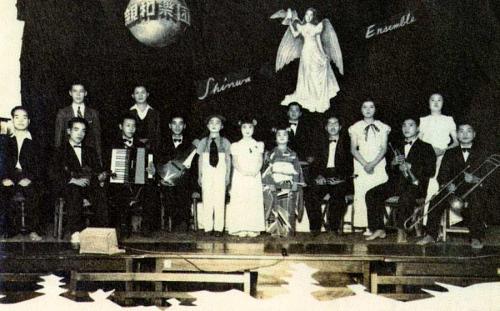
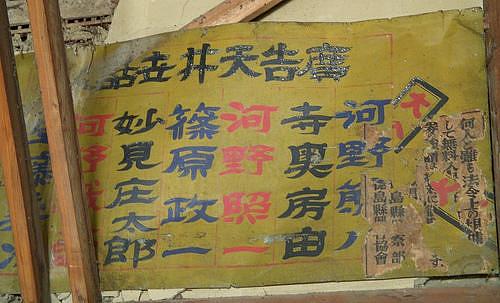
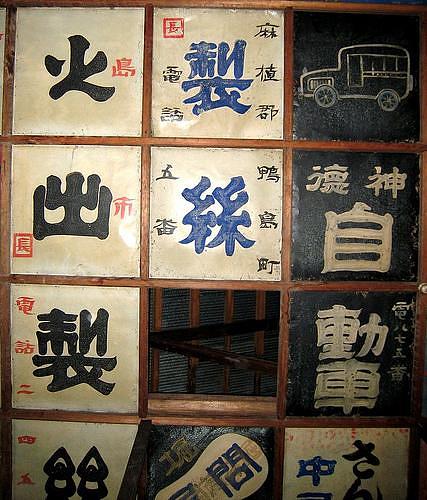

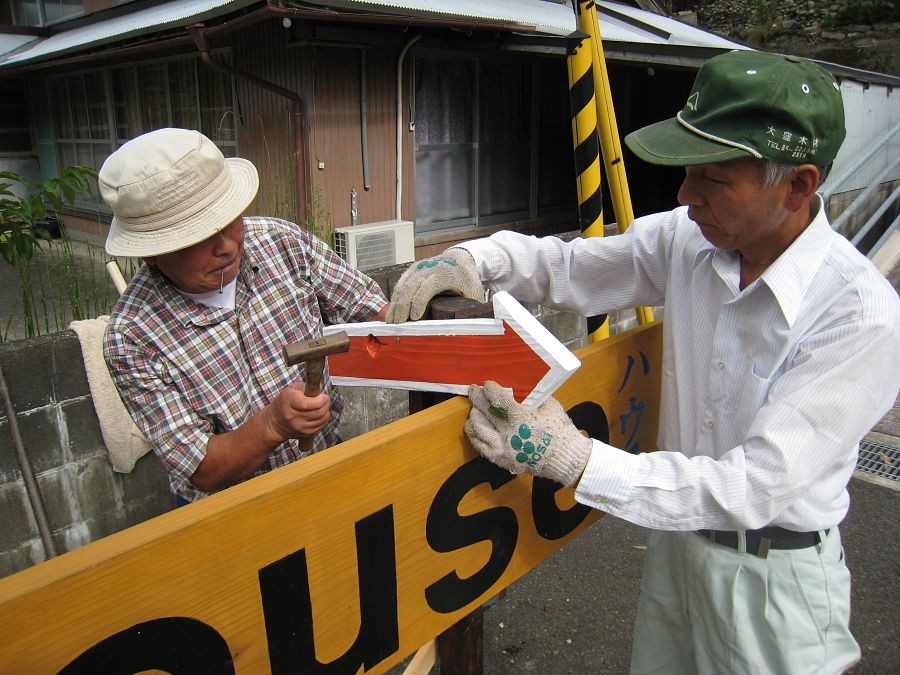
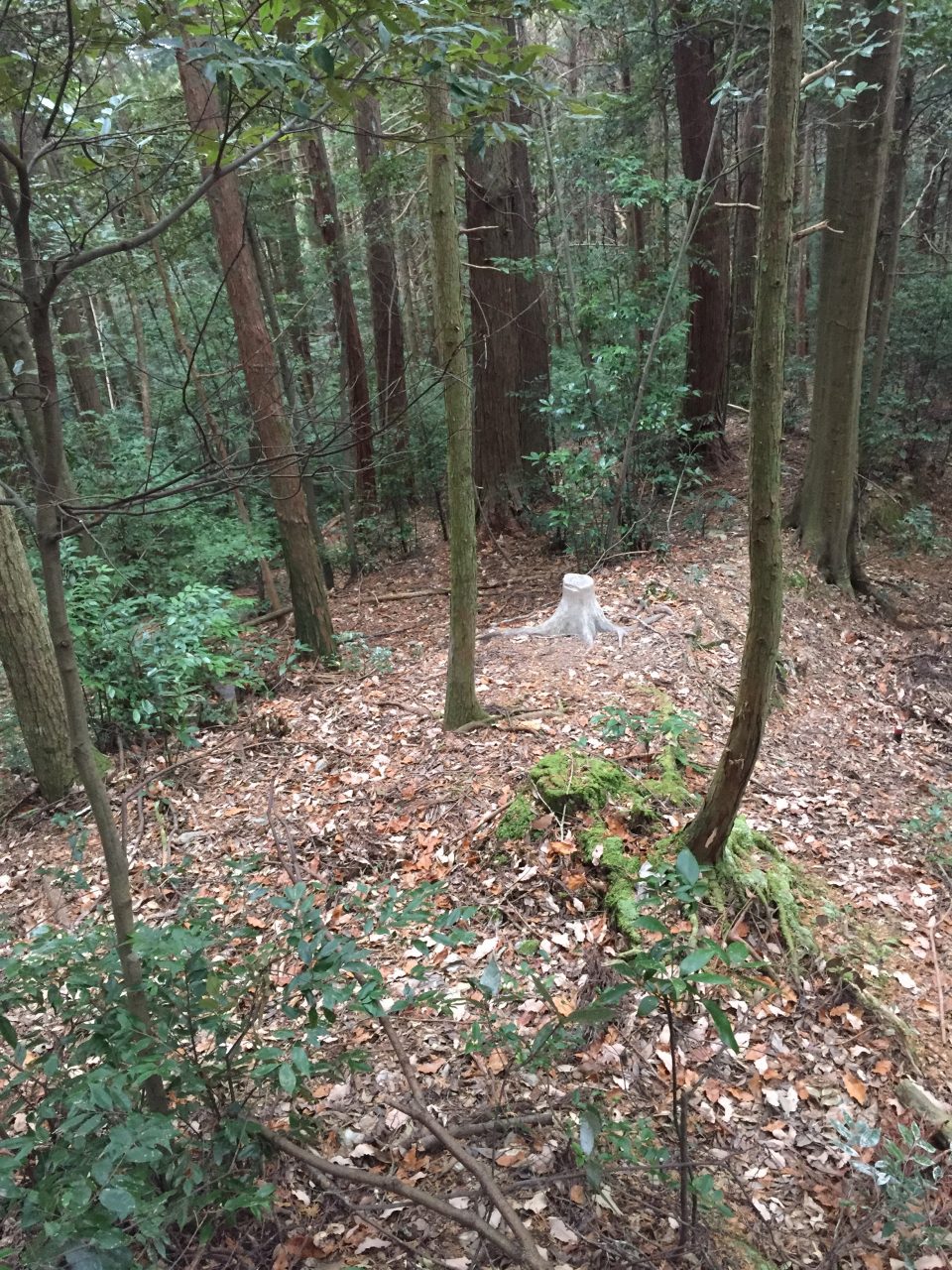



Comments